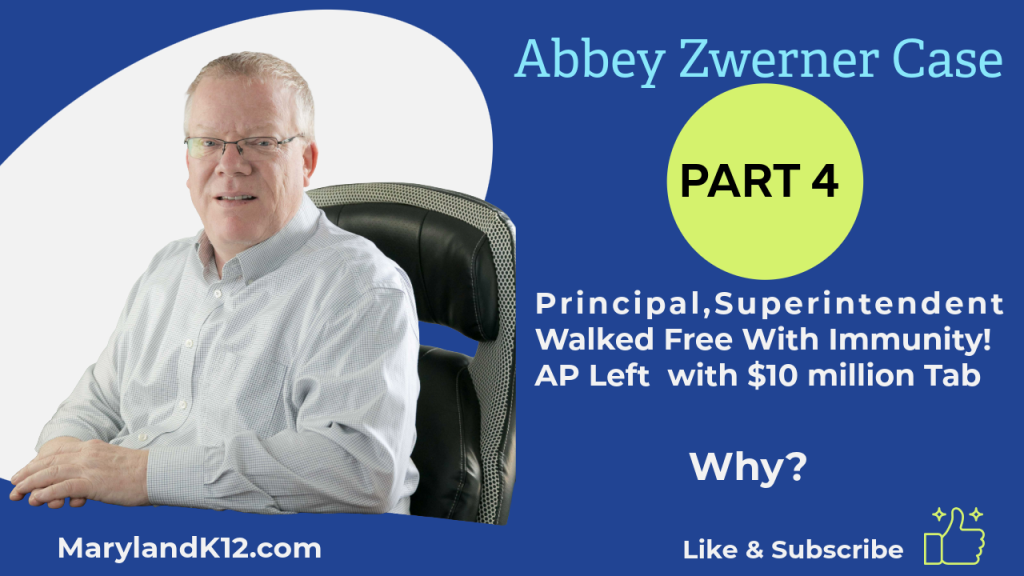
The ‘Amazon Effect’ Is Fueling Bus Driver Shortages. How Schools Keep the Wheels Turning
School districts around the country have struggled to keep the wheels on their buses going round and round as potential drivers take jobs delivering packages instead.
“The ‘Amazon Effect’ really grew during the pandemic,” said Molly McGee-Hewitt, executive director of the National Association for Pupil Transportation. “Amazon pays more than most school districts do. If a driver can get more hours and better benefits, that is appealing to them.”
Increasing competition in the labor market—from delivery and rideshare jobs— is just one factor fueling a problem that has challenged districts for years: a struggle to hire enough bus drivers to handle complicated student transportation plans.
That problem led to national headlines over the last week when Jefferson County schools, Kentucky’s largest district, shut down for six days after a transportation meltdown resulted in some students arriving home as late as 10 p.m. on the first day of school Aug. 9. Short on drivers, the district had used a software platform to reduce and reconfigure its routes, leading to confusion and inefficiencies when they put the new plan into practice.
But most districts have managed to keep buses running, even as they struggle to recruit drivers, McGee-Hewitt said. Here’s how they’ve handled the shortage.
1. Giving bus drivers additional duties
Bus drivers typically work split shifts, taking a route in the morning and another in the afternoon with a lengthy, unpaid break in between. In the past, such a schedule appealed to farmers in rural areas, semi-retired people, and even parents seeking to bring in extra income.
But that split in the work day seems to be less appealing to new recruits, said McGee-Hewitt. So some districts have given drivers additional duties between their route shifts, employing them as paraprofessionals during the school day to round out their schedule, she said.
During COVID-related school closures, districts also kept bus drivers on the payroll by putting them to work delivering meals or driving buses that served as mobile hotspots to help students connect to the internet for remote school work.
2. Conducting ‘stay’ interviews
Some school transportation directors have adopted “stay interviews” as a strategy to retain current drivers and to inform their efforts to recruit new ones.
Human resources experts have more commonly lauded stay interviews—in which supervisors talk to employees about what motivates them and keeps them on the job— as a way to retain teachers and boost morale.
Similarly, Shaker Heights, Ohio, administrators have surveyed bus drivers about why they like the job, their scheduling preferences, and why they’ve returned for another year of work, Superintendent David Glasner told Education Week last year.
Want to try stay interviews in your district? Take a look at this toolkitdeveloped by the Maricopa County, Ariz., superintendent’s office as part of a pilot project.
3. Training bus drivers to respond to student behavior
One appeal of driving those Amazon trucks: The driver is typically the only person on board. That’s not the case for school buses, where the person behind the wheel—typically the only adult present—is responsible for monitoring both the safety and behavior of dozens of students.
“You’re trying to keep everybody safe and you’re watching the road, but also to have 30 to -60 kids on your bus that you are watching to try to take care of,” McGee-Hewitt said. “That is a huge assignment.”
That’s why some districts have provided additional training for drivers in addressing students’ misbehavior, she said. Some have also invited drivers to more general staff professional development on the issue, and some have incorporated bus drivers and other non-instructional staff into their social-emotional learning plans.
4. Taking driver candidates on ride-alongs
Sometimes potential drivers have to see the experience for themselves. That’s why some districts have invited applicants to ride beside drivers to demystify things like how to navigate a route and how to respond to student misbehavior, McGee-Hewitt said.
5. Letting interested drivers take buses out for a spin
Some driver candidates may be intimidated by the size of a yellow bus, district transportation directors said.
That’s why some districts set up driver recruitment events in large parking lots, giving candidates a chance to drive an empty school bus around cones and obstacles to see how it handles.
6. Increasing salaries, bonuses
Districts have raised bus driver salaries to try to be more competitive in a tight labor market.
Others have offered bonuses in an effort to retain drivers or to limit absences. The Moore County, N.C., district, for example, voted in February to offer its drivers $50 monthly bonuses for not missing a shift, the Sand Hills Sentinel reported.
7. Limiting bus riders
Running out of ways to do more with less, some school boards have opted to reduce the number of students who ride the bus by changing their transportation policies.
Often, that means increasing the minimum distance a student must live from school to qualify for bus rides.
8. Redrawing routes to reduce stops
It’s not uncommon for transportation directors to redraw transportation plans to make them more efficient, McGee-Hewitt said. For example, some districts have ended door-to-door service in favor of community bus stops, some have reduced the number of community stops by moving them farther away from students’ homes, and some have used software to redesign routes around changing enrollment patterns and neighborhood densities.
That was the case in Jefferson County, Ky., where new transportation plans caused frustration last week. Superintendent Marty Pollio told reporters Monday that the new plans failed in part because employees added extra stops without accounting for the time they would add to each route.
9. Promoting bus alternatives
Some districts have encouraged parents to find alternatives to voluntarily reduce the number of riders.
“While we are doing everything we can to make routes as efficient as possible to serve the maximum number of students, the driver shortage will cause delays in service during the upcoming school year,” the Wake County, N.C., district wrote in a letter to parents in July. “Sometimes, no bus will be available and students will have to find alternative transportation to and from school.”
The school system’s 560 bus drivers can’t cover its 577 routes without making some adjustments, including doubling up routes for some drivers and running some buses late, the district said this week.
Some have also sought to make bus alternatives fun, calling on parent groups to organize efforts like walking school buses, in which groups of children walk to school together with adult volunteers, picking up classmates at “stops” along the way. Learn more in this resource from the national Safe Routes to School program.
Dig Deeper With Our Longreads
Newsletter Sign up to get our best longform features, investigations, and thought-provoking essays, in your inbox every Sunday.
The MEN was founded by John Huber in the fall of 2020. It was founded to provide a platform for expert opinion and commentary on current issues that directly or indirectly affect education. All opinions are valued and accepted providing they are expressed in a professional manner. The Maryland Education Network consists of Blogs, Videos, and other interaction among the K-12 community.








